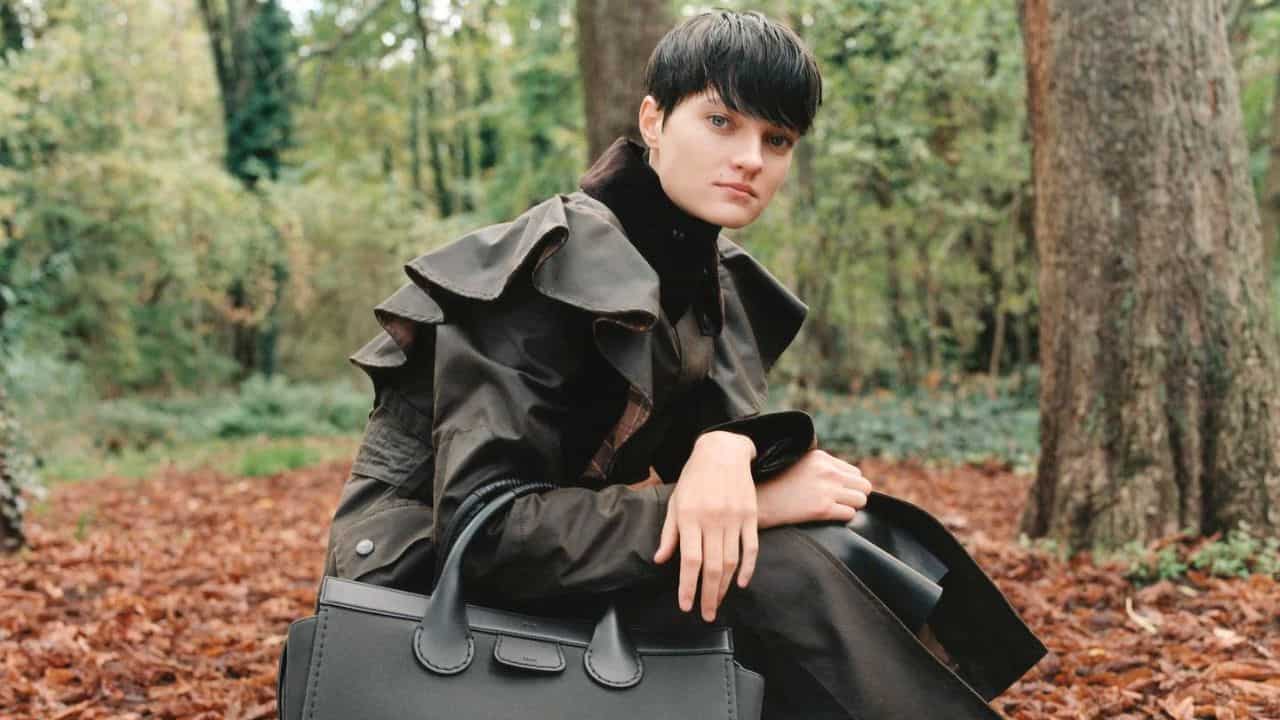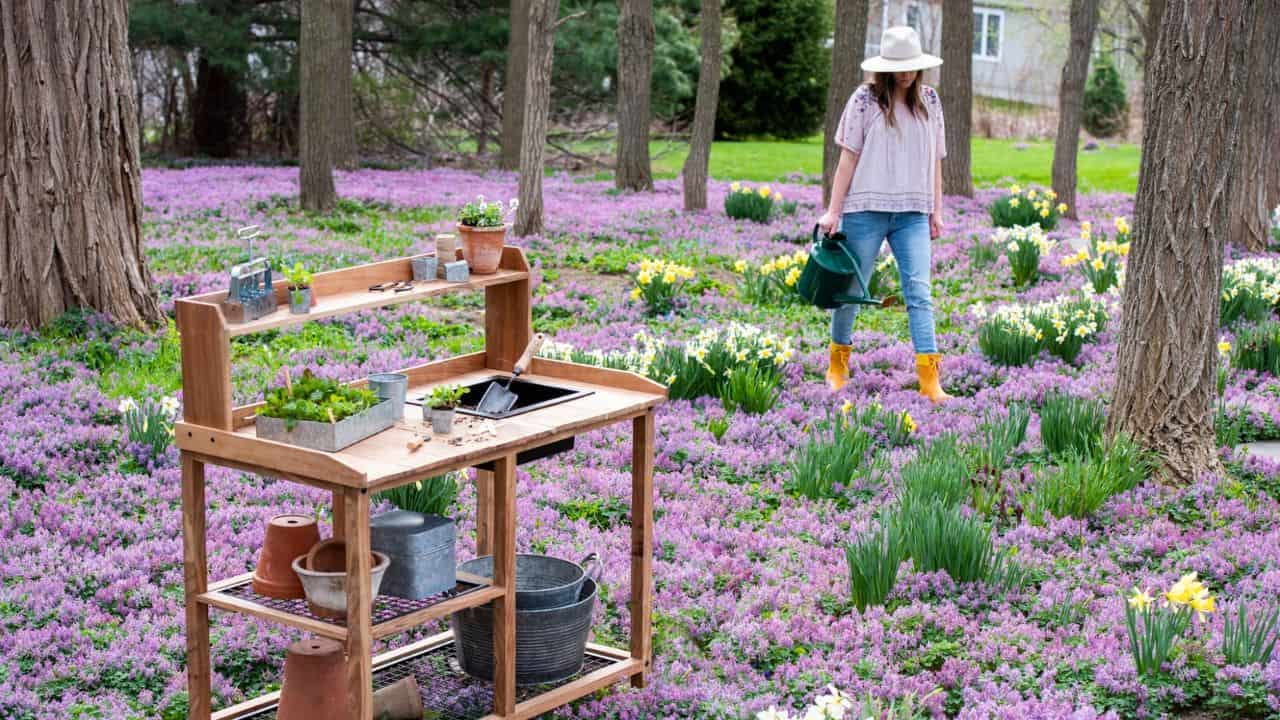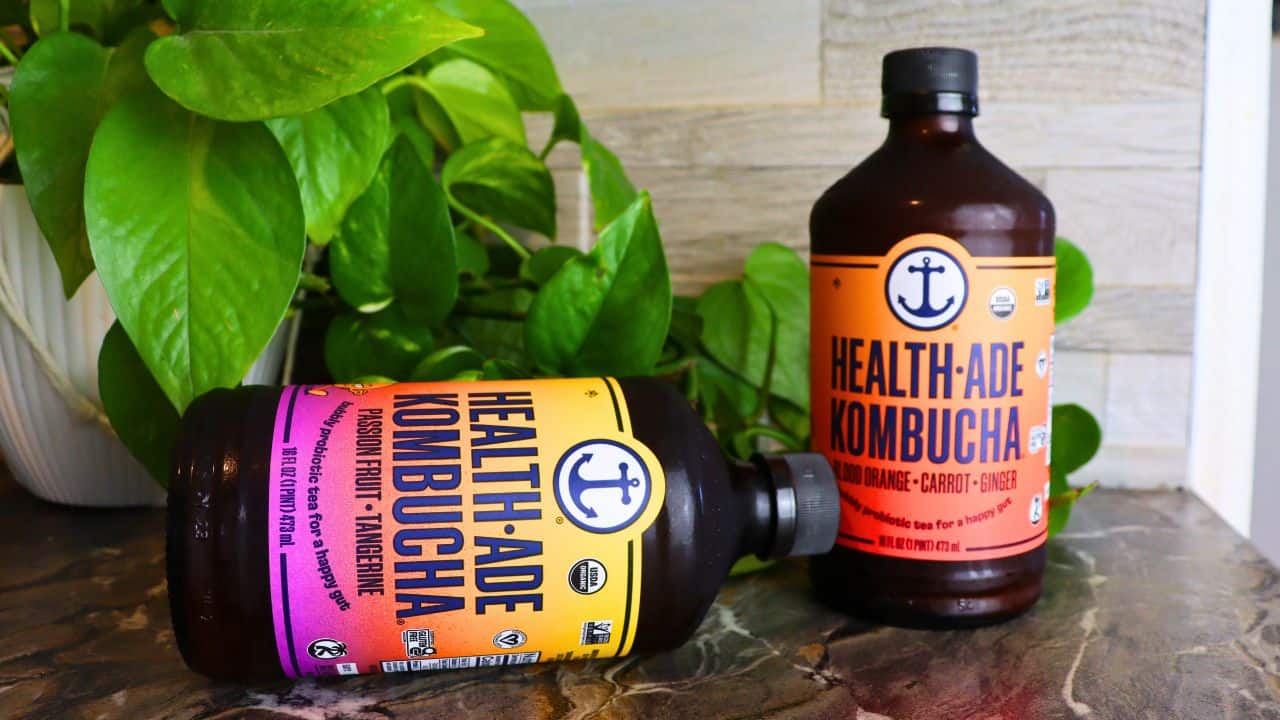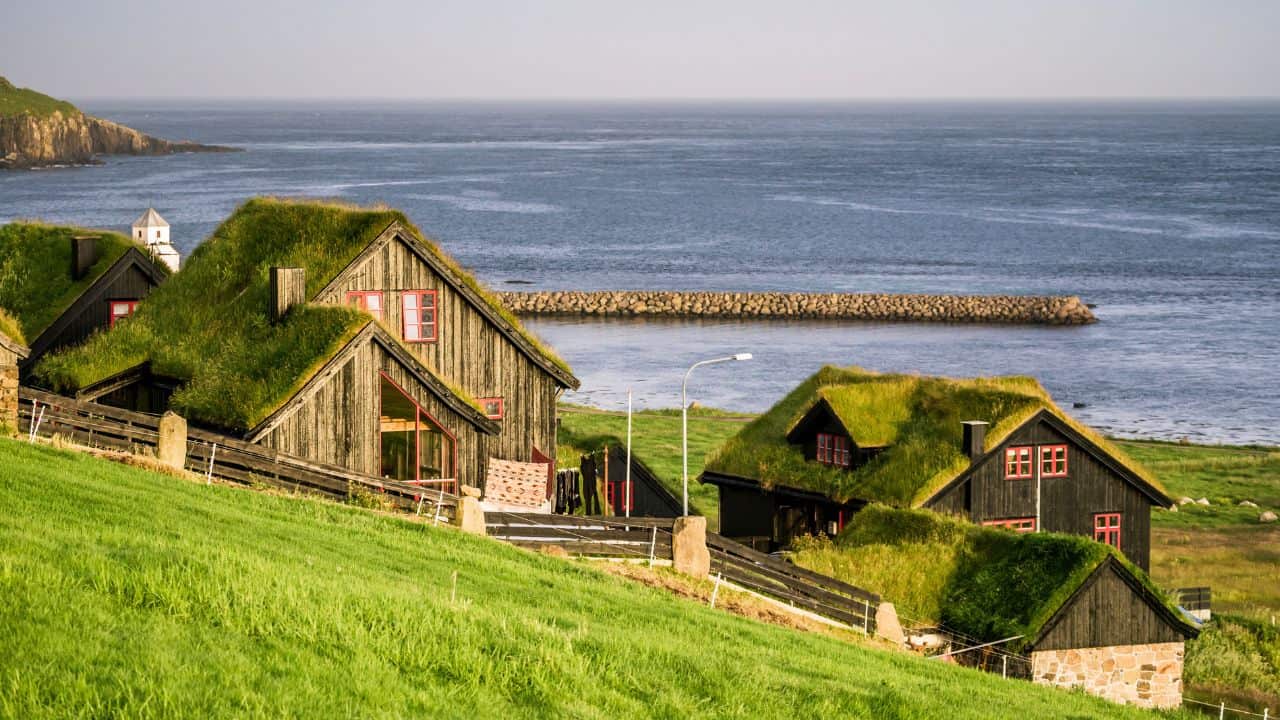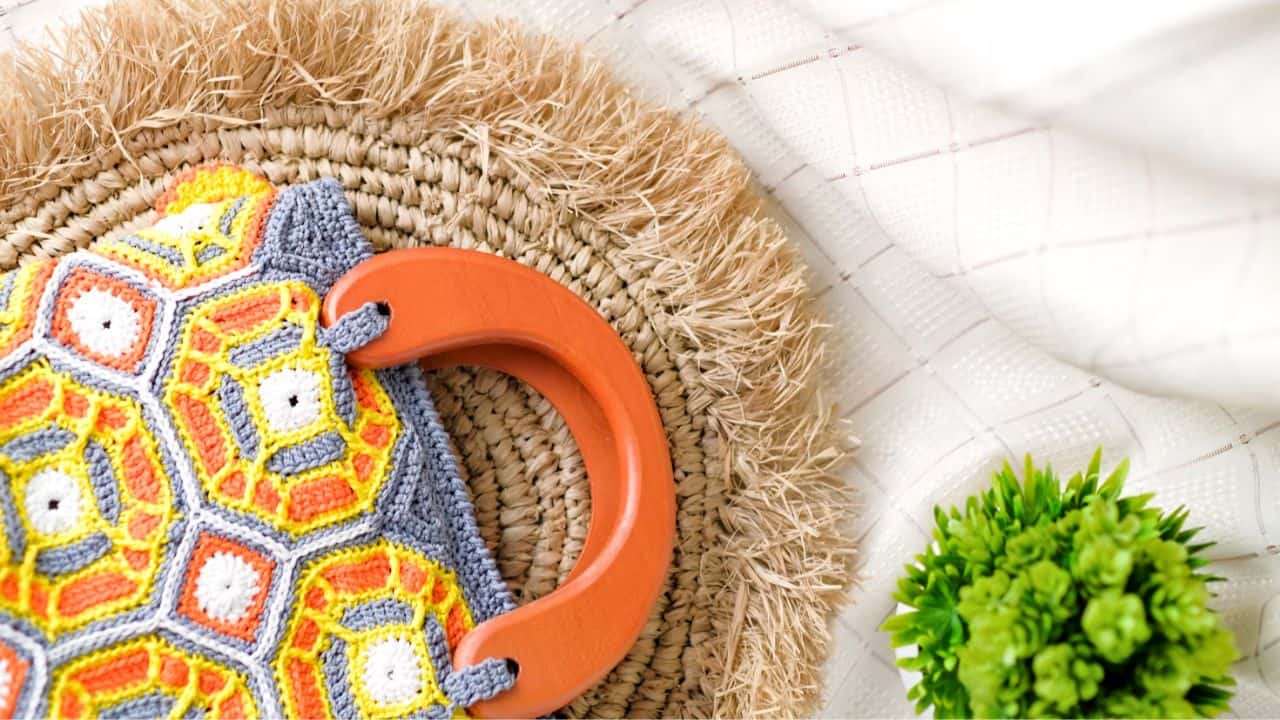Whenever I used to go to the hairdressers, I never really thought twice about the products they were putting on my head and then rinsing down the drain.
I’ve never had my hair professionally coloured but when I saw other people getting theirs done, I hardly considered the chemicals that were being used.
Once those dyes work their magic, what happens then?
Down the drain, too, surely.
And all that foil? Can it get recycled? Does it get recycled?
I certainly never thought about what happens to my precious hair after it was snipped, fell onto the floor and was swept away.
Then one day last year, I treated myself to a cut at Barnes & Bray in Wandsworth and noticed a small sticker on their window which read, “Green Salon Collective: We recycle the unrecyclable”.
I asked my hairdresser, Dylan, about it and my mind was blown.
That day I learnt all about the ugly side of the hair and beauty industry.
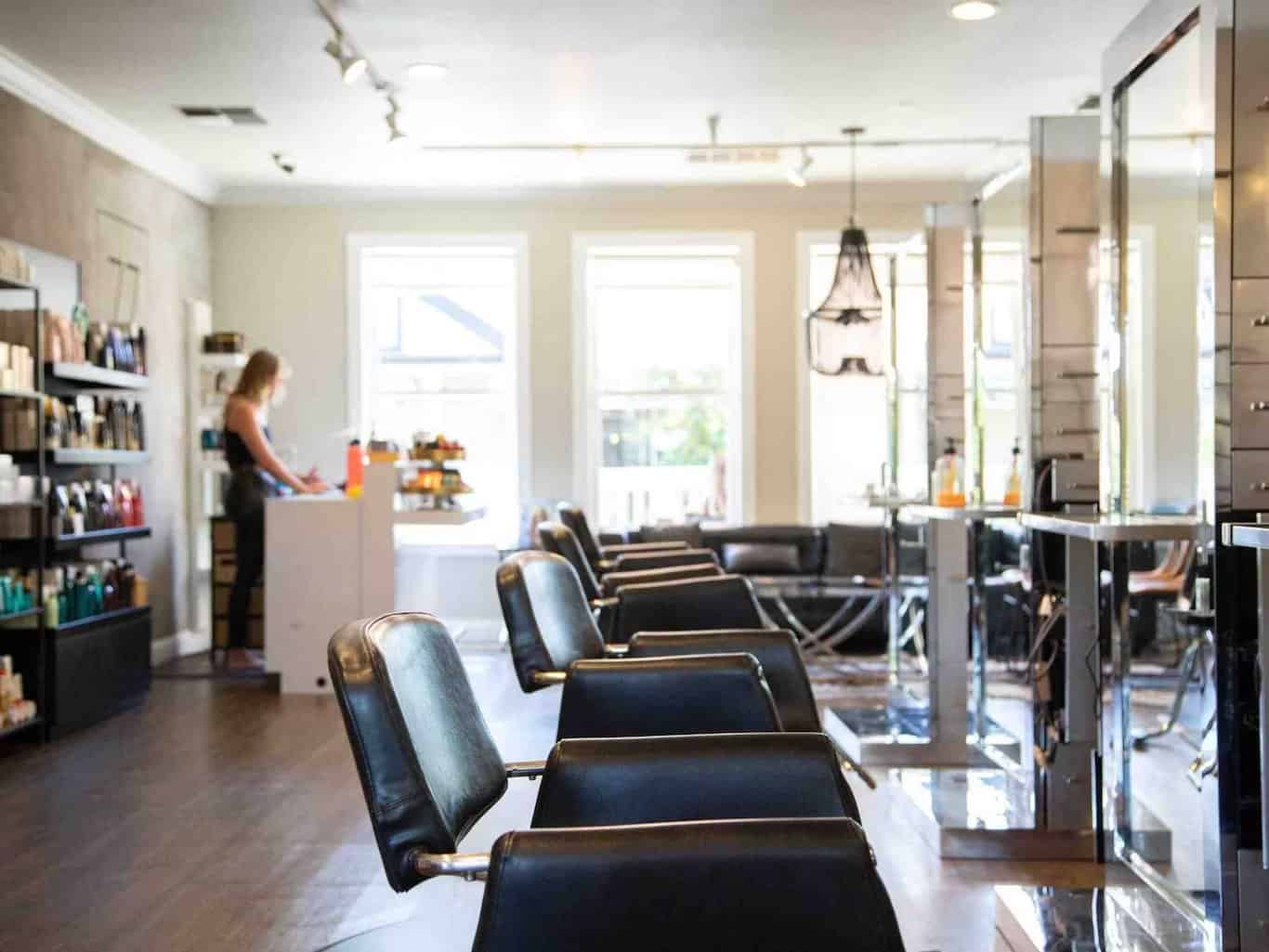
What happens to hair foil?
Did you know that when sticky, contaminated hair foil, as well as colour tubes, are put in with mixed recycling they contaminate everything else and essentially nothing gets recycled?
I didn’t!
Dylan told me how Green Salon Collective helps salons to actually get all that metal recycled so that rather than it being sent to landfill where it just sits for hundreds of years, it gets made into things like aluminium bikes or drinking cans.
And that’s just the tip of the iceberg.
There are over 40,000 hair salons in the UK with tens of thousands of freelance hairdressers and if the majority of those businesses offer colouring services, then that’s a whopping amount of aluminium going into rubbish bins!
With help from less than 500 salons last year, Green Salon Collective was able to divert 10,000kg of metal – ten tonnes. That’s like five or six full grown elephants.
And that was from less than 1% of the hairdressing businesses in this country.
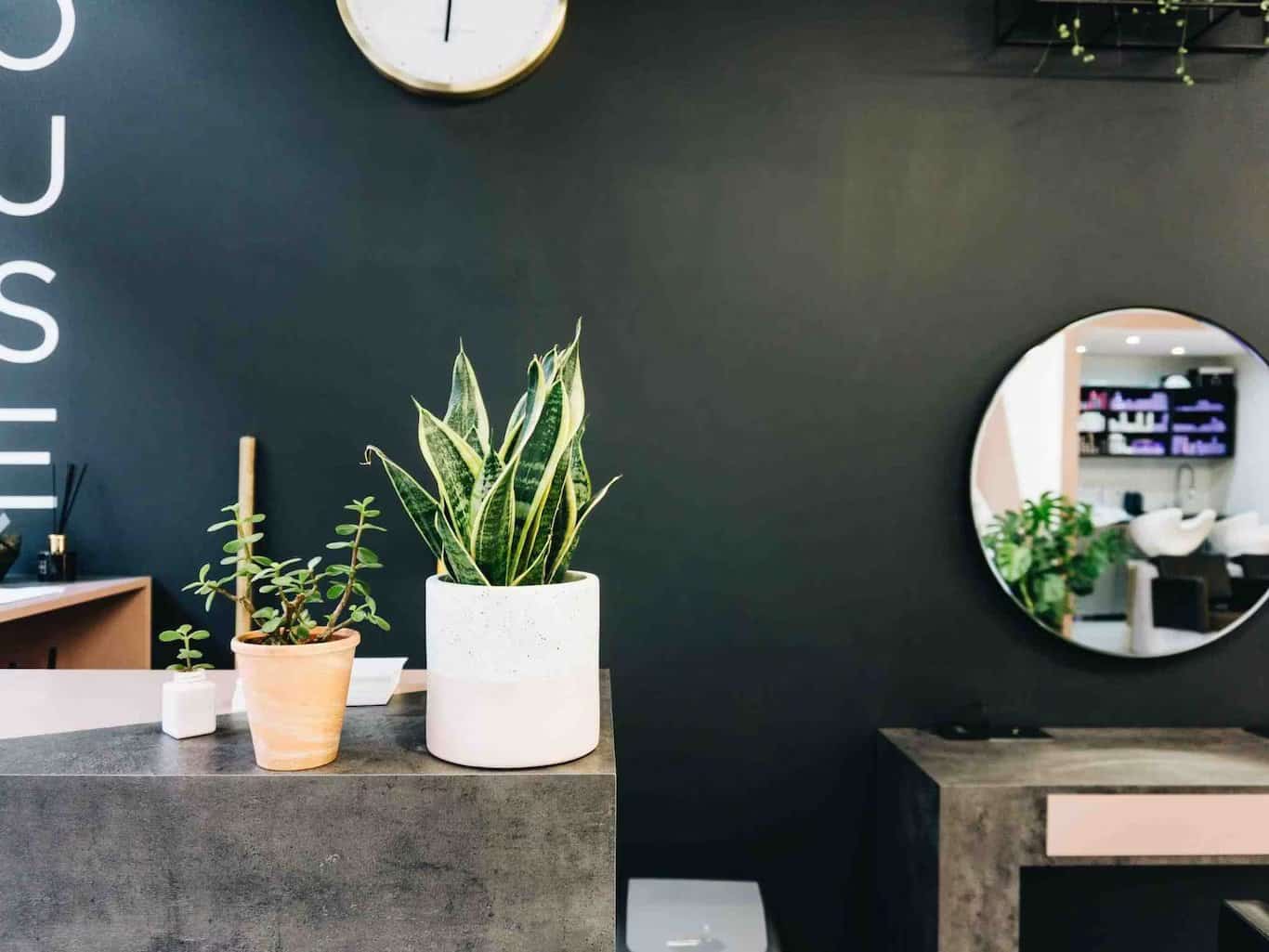
What happens to your cut off hair?
One of the other interesting waste streams Green Salon Collective recycles is hair.
Yes, hair.
It is the central focus of hairdressing businesses but probably their least thought about waste stream and yet there are so many ways it can be made useful again.
A more obvious example is becoming compost.
Hair is high in nitrogen and can enrich soil and fertiliser.
Hair can also be made into booms which help to clean up oil spills. But, again, that’s far from the full story.
Green Salon Collective has recently invested in a research and development department to collaborate on projects to turn human hair waste into other things. Like rope.
One such project is with Sanne Visser from the Centre for Circular Design who has for the last six or so years been turning hair rope into all sorts of things from bags to fishing nets to swings.
They are also in conversation with architects Deborah Lopez and Hadin Charbel from Pareid Architecture who are interested in exploring the potential of hair for making building materials.
These same architects have even used hair to map environmental pollution in Bangkok and they are now looking to work together to replicate this project in London.
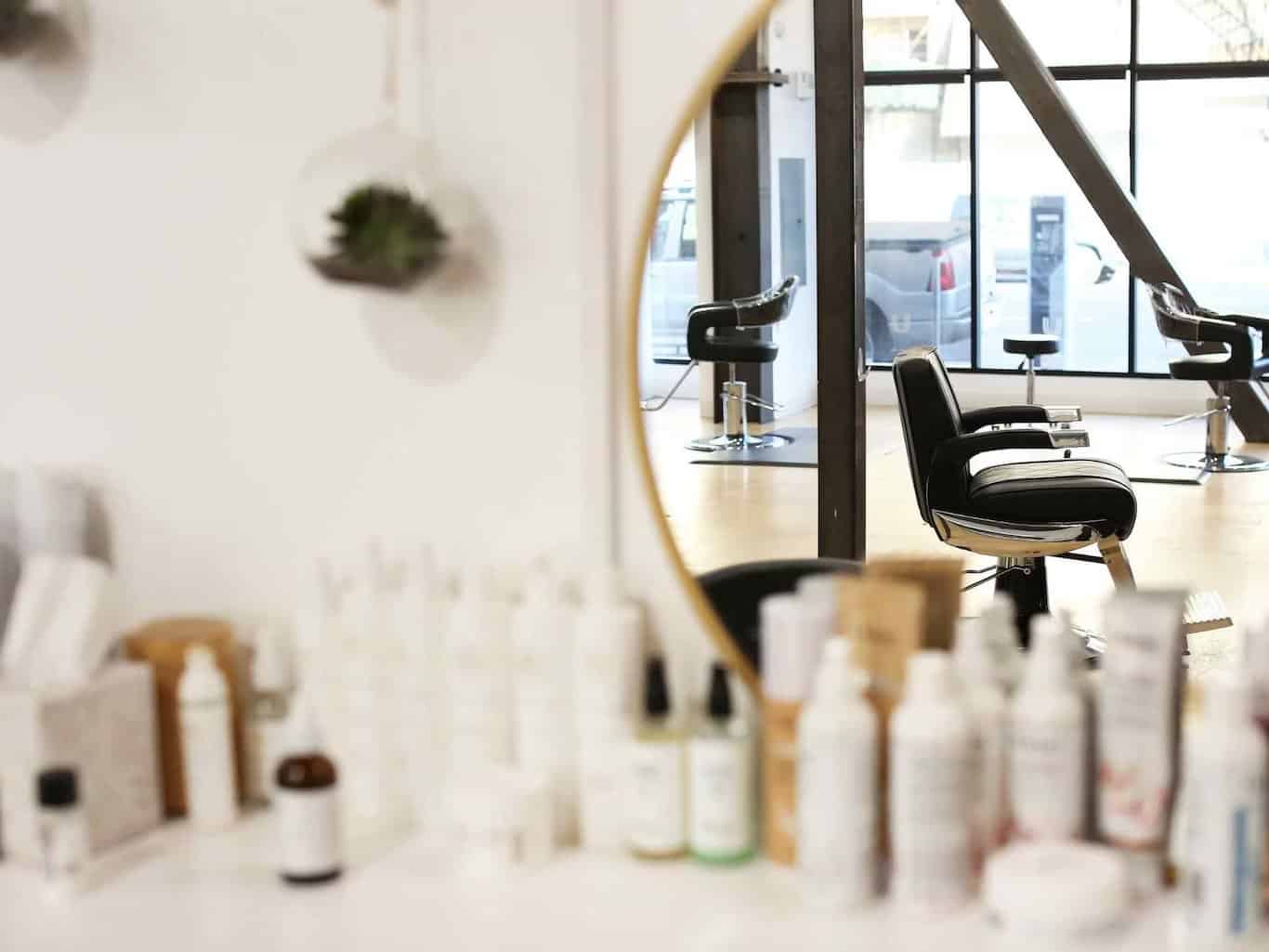
How can we make hairdressers more sustainable?
Green Salon Collective is becoming the sustainable authority in the hair and beauty industry.
However, it still needs to more fully understand all the impacts of this industry, including each of its unique waste streams, so it can then find new and innovative ways to recycle each of these in ways that are both economically viable and environmentally beneficial.
All businesses today share the immense task of ensuring their operations have as minimal impact as possible and I can appreciate it is also a daunting task for everyday people like you and me.
(Overwhelmed? Read: How To Run A Sustainable Business Without Running Yourself Into The Ground)
Every purchase is a vote and where you choose to get pampered is no exception.
Getting pampered usually comes at a cost to the environment but it doesn’t have to.
The way I see it, you have two options.
One is to choose to spend your hard earned money at places that value people and planet along with profit.
The other is to use your most valuable asset: your voice.
I’m not suggesting you charge into your local salon and demand change, right then and there.
I’m suggesting you give yourself permission to ask the questions that you’re curious about.
- Why have you chosen these particular products?
- What exactly happens to all this sticky foil?
- What is this business doing to operate more in line with a world waking up to the climate crisis?
Your voice is powerful and your opinion matters.
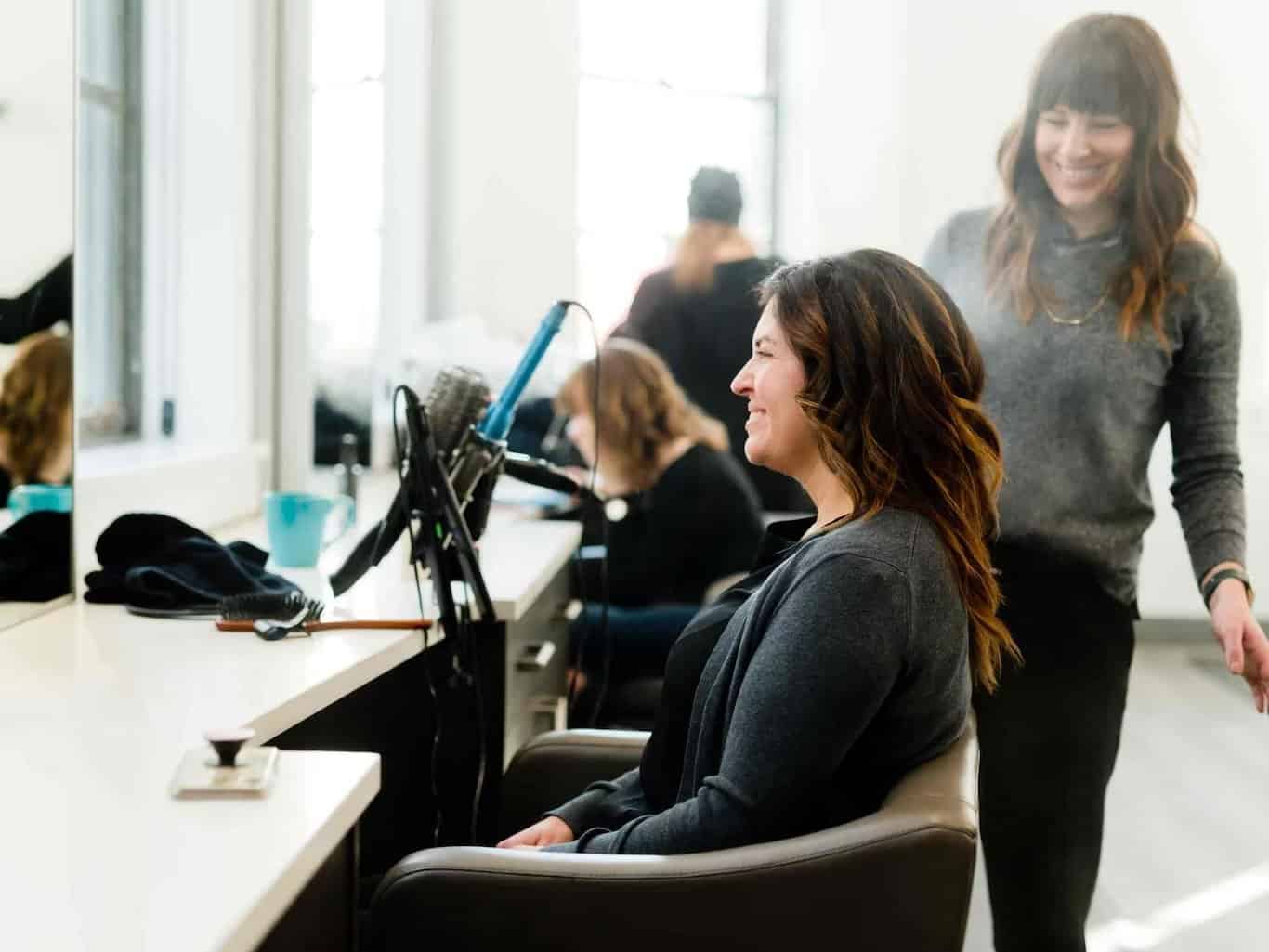
How can hairdressers become climate activists?
Since learning about Green Salon Collective, it has occurred to me why salons and hairdressers and barbers and freelancers get so excited about becoming members.
It’s not just that they are now ‘doing the right’ thing; although, this does sit well with modern consumers.
What’s really exciting is how the role of hairdressers has evolved somewhat as they transform into educators.
They are now in a position to educate their clients on the circular economy, for example, since they are now actively participating in it.
This is another topic being explored by Green Salon Collective, the unique relationship between hairdressers and their clients.
Together with other researchers, they are exploring how those relationships are powerful mechanisms for generating dialogue around sustainable haircare or more widely, the climate crisis.
The aim here is to empower hairdressers to be successful in yet a new role, should they be so bold, as hairdressing climate activists.
How can you help hairdressers go green?
But of course, I have not dismissed that the opposite is also absolutely true: you and me (the clients of hairdressers) are also perfectly positioned to tap into that same unique relationship and use it as a means for change.
We regularly have the ears of hairdressers that haven’t yet signed up for the better part of an hour.
Don’t underestimate the significance of those conversations. I challenge you to use your voice, really use it, the next time you are in the chair.
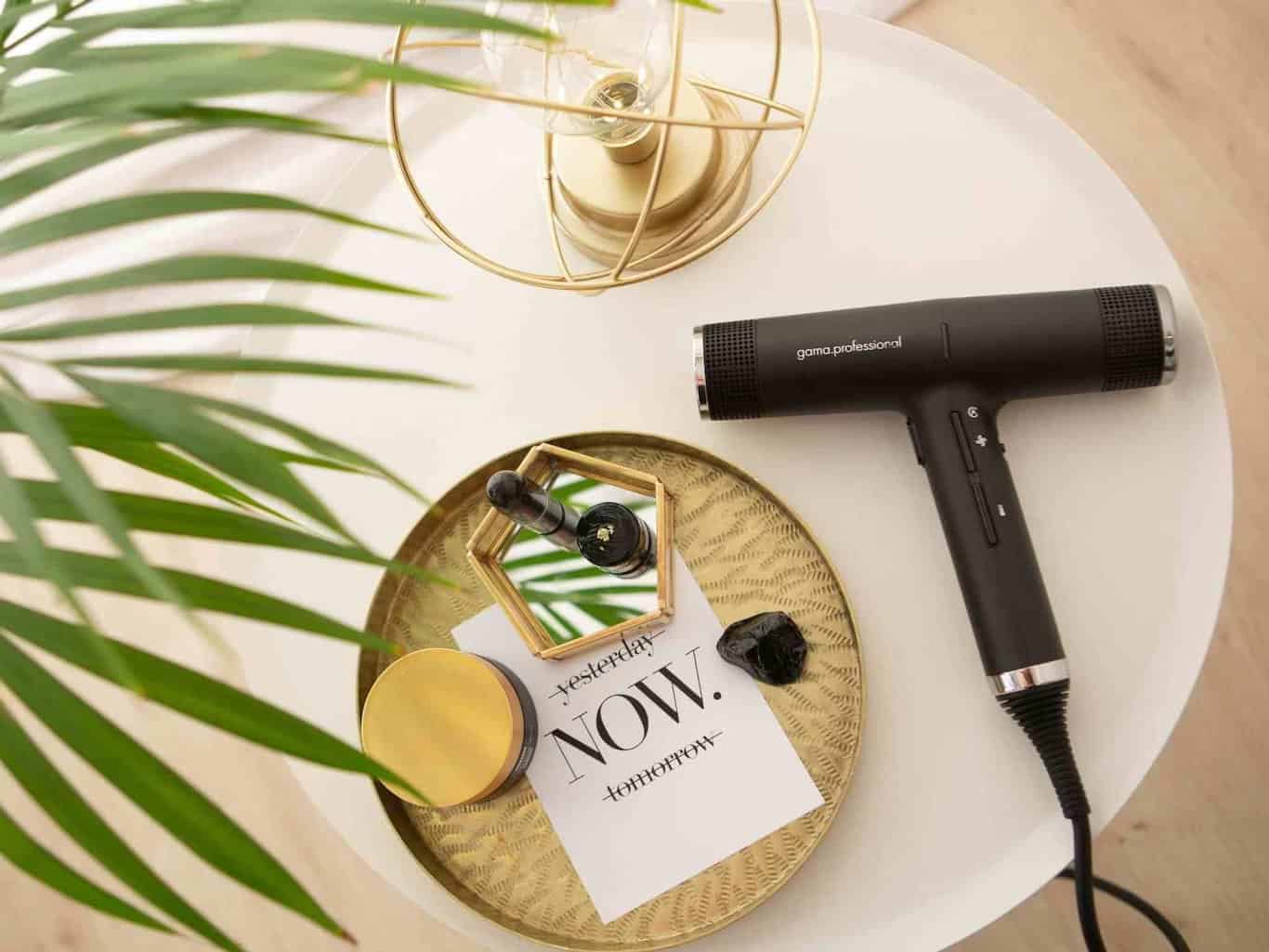
Stephanie Hodgson is the Founder of MeetthefiveRs, a nonprofit and open-source platform for sharing models and strategies that fit within a circular economy. Visit the website here.
You can also keep up with Stephanie’s work on Instagram at @meetthefivers.




